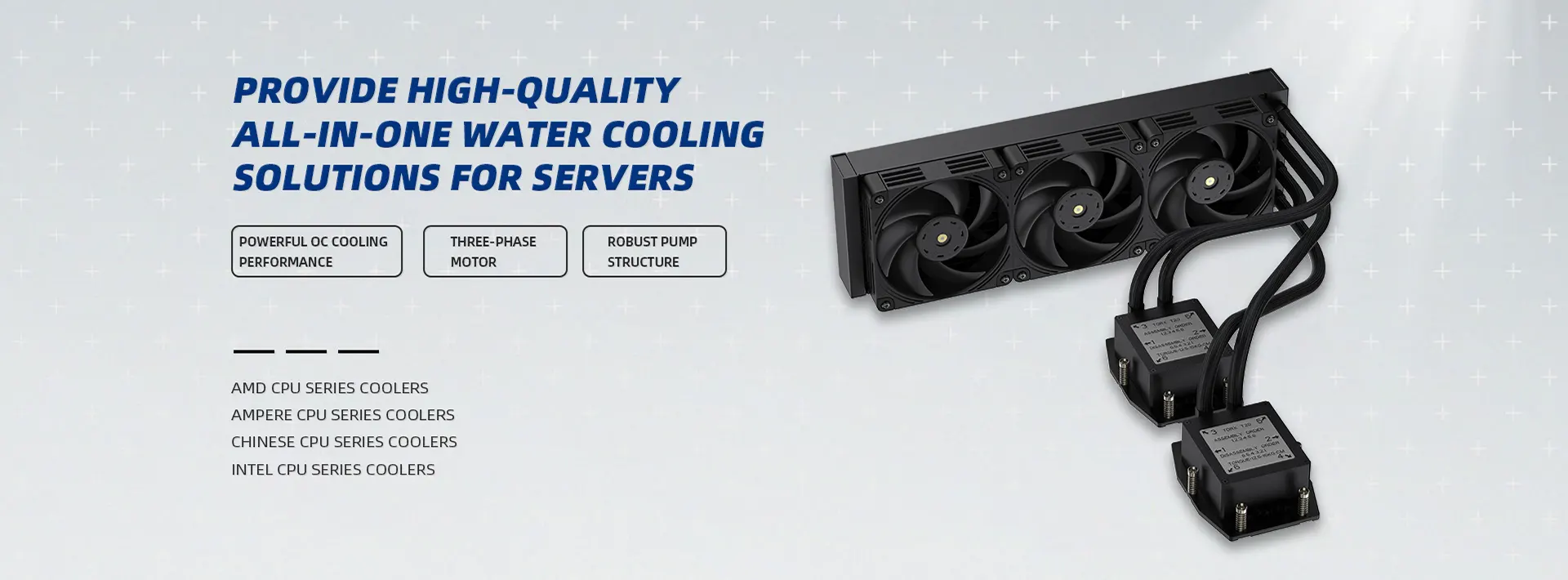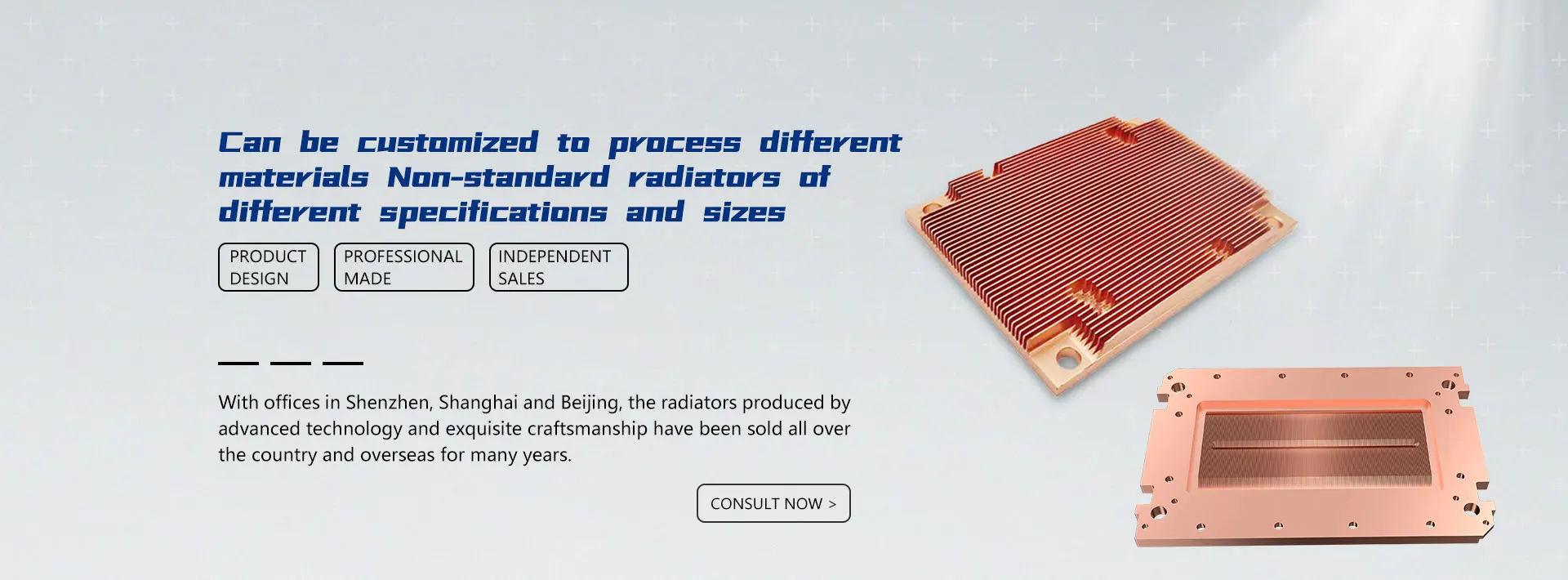Welding process
1、 Welding process is a way to closely combine two metals with low thermal resistance with solder paste, which is commonly aluminum aluminum, copper aluminum and copper copper.
1. Copper & aluminum welding
Completely remove the oil stain, dirt and insulating layer on the base metal before welding; When welding, heat the base metal first, heat the thick part first, and then heat the thin part; Heat copper parts first, and then aluminum parts; Move the welding gun back and forth to heat the welding part evenly. When the temperature of the weldment reaches 450-500 ° C, add the welding wire to the welding part to melt the welding wire evenly into the weld (the flame can not be directly aligned with the welding wire for heating, and the welding wire is mainly melted by the temperature of the base metal). Then slightly sweep the welding part with flame to ensure the spreading and positioning of solder at the welding part, remove the welding gun and let it cool naturally, and then the welding can be completed.

2. Copper & copper welding
Pure copper, also known as red copper, has a specific gravity of 8.93 g / cm3, a melting point of 1083 ℃, and has high conductivity, thermal conductivity, plasticity, corrosion resistance and good low-temperature properties. It is one of the important metal materials in industry.
(1) Strong thermal conductivity, copper has high thermal conductivity, which requires high-power heat source; The weldment shall be preheated before welding.
(2) High fluidity, molten copper has good fluidity, and can only be welded at the flat welding position. If one side butt welding is to be carried out at a spatial position, a backing plate must be added to ensure penetration and good forming.
3. Aluminum & aluminum welding
The conductivity of aluminum is second only to silver, copper and gold. Although its conductivity is only 2 / 3 of that of copper, its density is only 1 / 3 of that of copper. Therefore, the quality of aluminum wire is only half that of copper wire when transporting the same amount of electricity.
The oxide film on the surface of aluminum not only has corrosion resistance, but also has certain insulation, so aluminum is widely used in electrical manufacturing industry, wire and cable industry and radio industry.
2. Working principle: first apply the solder paste to one of the components by printing or dot coating, and then paste the other component and clamp it with a clamp. When the solder paste is heated to a certain temperature, with the volatilization of the solvent and some additives, the alloy solder powder melts, and the two components of the radiator are interconnected to form a permanent heat conduction and mechanical connection.
3. Solder paste classification: 1. Low temperature solder paste composition: Sn / Bi melting point: 138 ℃
2. Composition of medium temperature solder paste: Sn / Ag / Bi melting point: 172 ℃
3. Composition of high temperature solder paste: Sn / Ag / Cu melting point: 227 ℃
1. Copper & aluminum welding
Completely remove the oil stain, dirt and insulating layer on the base metal before welding; When welding, heat the base metal first, heat the thick part first, and then heat the thin part; Heat copper parts first, and then aluminum parts; Move the welding gun back and forth to heat the welding part evenly. When the temperature of the weldment reaches 450-500 ° C, add the welding wire to the welding part to melt the welding wire evenly into the weld (the flame can not be directly aligned with the welding wire for heating, and the welding wire is mainly melted by the temperature of the base metal). Then slightly sweep the welding part with flame to ensure the spreading and positioning of solder at the welding part, remove the welding gun and let it cool naturally, and then the welding can be completed.
2. Copper & copper welding
Pure copper, also known as red copper, has a specific gravity of 8.93 g / cm3, a melting point of 1083 ℃, and has high conductivity, thermal conductivity, plasticity, corrosion resistance and good low-temperature properties. It is one of the important metal materials in industry.
(1) Strong thermal conductivity, copper has high thermal conductivity, which requires high-power heat source; The weldment shall be preheated before welding.
(2) High fluidity, molten copper has good fluidity, and can only be welded at the flat welding position. If one side butt welding is to be carried out at a spatial position, a backing plate must be added to ensure penetration and good forming.
3. Aluminum & aluminum welding
The conductivity of aluminum is second only to silver, copper and gold. Although its conductivity is only 2 / 3 of that of copper, its density is only 1 / 3 of that of copper. Therefore, the quality of aluminum wire is only half that of copper wire when transporting the same amount of electricity.
The oxide film on the surface of aluminum not only has corrosion resistance, but also has certain insulation, so aluminum is widely used in electrical manufacturing industry, wire and cable industry and radio industry.
Aluminum is a good conductor of heat. Its thermal conductivity is three times greater than that of iron. In industry, aluminum can be used to make all kinds of heat exchangers and heat dissipation materials.
2. Working principle: first apply the solder paste to one of the components by printing or dot coating, and then paste the other component and clamp it with a clamp. When the solder paste is heated to a certain temperature, with the volatilization of the solvent and some additives, the alloy solder powder melts, and the two components of the radiator are interconnected to form a permanent heat conduction and mechanical connection.
3. Solder paste classification: 1. Low temperature solder paste composition: Sn / Bi melting point: 138 ℃
2. Composition of medium temperature solder paste: Sn / Ag / Bi melting point: 172 ℃
3. Composition of high temperature solder paste: Sn / Ag / Cu melting point: 227 ℃
Dongguan Juyun Hardware Technology Co., Ltd.
International sales: sales_eu@coolleo.com
Shanghai Branch: 137-8895-5637 (Mr. Huang)
Beijing Branch: 135-5201-4282 (Mr. Huang)
Chengdu Branch:136-9907-0817 (Mr. He)
Dongguan Factory: 158-2041-5426 (Miss Yan)
Shenzhen Headquarters: 181-0027-5217 (Mr. Liu)
Copyright © 2021 Dongguan Juyun Hardware Technology Co., Ltd. All rights reserved Technical Support:Website Construction-Tianzhuyun










